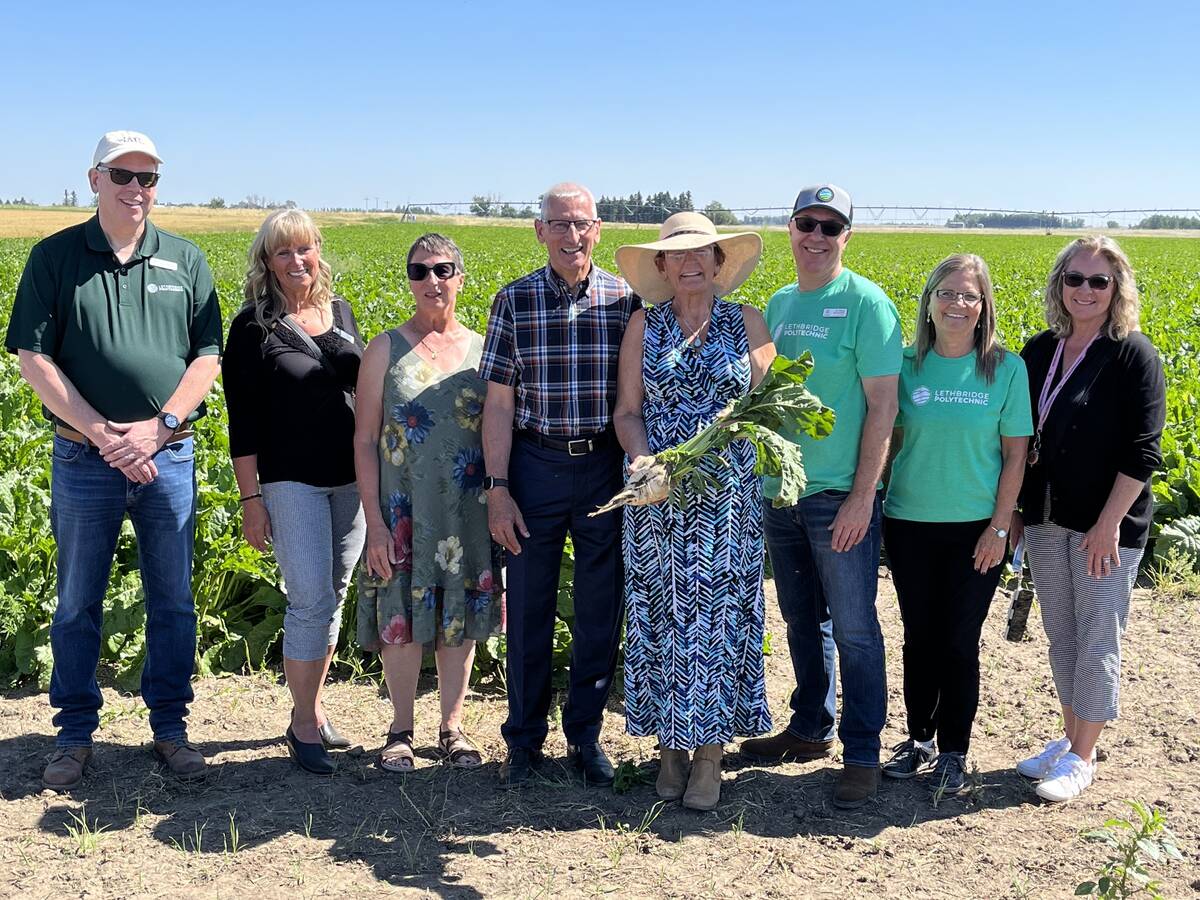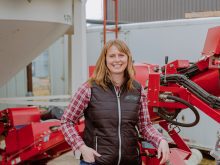SASKATOON – Doug Elsasser still remembers stories from his youth that conjure up images of his family digging seneca roots.
With the help of science, Elsasser wants to carry on the tradition of harvesting the root, also known as senega root, in his own backyard.
At one time seneca root grew wild across parts of the Prairies. Crop cultivation reduced the root to some bush and parkland areas in eastern Saskatchewan and western Manitoba.
Each summer, seneca seekers dig the root and sell it to Elsasser, a herb broker, who in turn sells the root to pharmaceutical companies and those interested in natural medicine. A chemical extracted from the root is used for cough medicine.
Read Also

Lethbridge Polytechnic receives major donation
Multimillion-dollar donation by Hranac family aids Lethbridge Polytechnic’s research in integrated food production systems, irrigation science and post-harvest technology in Alberta
About three years ago, the Togo-area producer “sensed” there was an opportunity to increase sales of the root.
And lately he hasn’t been able to keep up with demand. A Korean buyer wanted to buy nine tonnes of root from Elsasser. The entire industry of Saskatchewan and Manitoba is only about nine tonnes. This year, he turned down several large orders.
“We can’t meet the demand so we have to cultivate this plant.”
That’s where the problem begins. Seneca grows well in the wild, but it has yet to be grown successfully under cultivation. This year, as part of an Agricultural Development Fund project to improve germination, Elsasser planted 500 seeds. Only three germinated.
“The biggest problem is the dormancy factor,” said Larry Gusta with the Crop Development Centre at the University of Saskatchewan in Saskatoon.
“You plant a seed and nothing comes up.”
The scientist is trying various ways of breaking the dormancy using hormone treatments and stratification, in which the seed is refrigerated to simulate over-wintering conditions.
At Prairie Plant Systems in Saskatoon, Brent Zettl is also trying to find the secret to growing seneca under cultivation. The biotechnology company wants to bypass the germination process and “clone” the plant.
“We’ve made some breakthrough,” said Zettl.
By avoiding the germination stage, they hope to sell producers seneca root already growing.
















